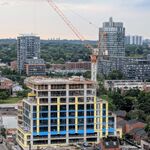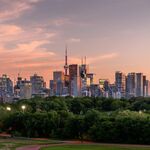denfromoakvillemilton
Senior Member
Member Bio
- Joined
- Apr 30, 2008
- Messages
- 7,448
- Reaction score
- 1,511
- Location
- Downtown Toronto, Ontario
If you use enough trips in a month that a Metropass is cheaper than using tokens (or Presto), it's a bargain.
Not sure how saving money is a rip-off.
I use presto. 2.70 per day. Fare is 3.00+ now.




